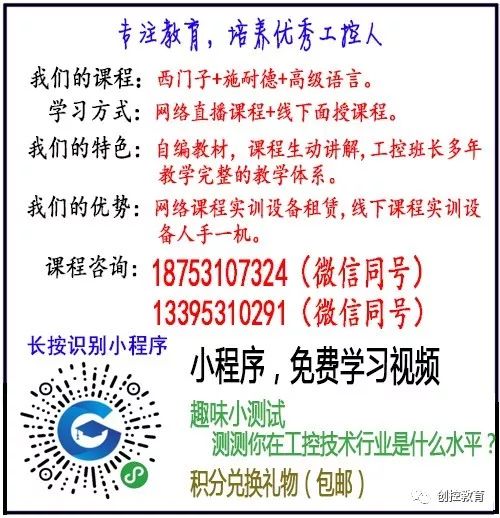
1. Understanding Touch Screens
A touch screen is also known as a “touch panel” or “touch control panel.” It is a type of LCD display that can receive input signals from touch points. When a graphic button on the screen is touched, the tactile feedback system on the screen can drive various connected devices based on pre-programmed programs, replacing mechanical button panels and creating vivid audio-visual effects through the LCD display.
As a new computer input device, the touch screen is currently the simplest, most convenient, and natural way of human-computer interaction. It gives multimedia a new look and is a highly attractive new multimedia interactive device. It is mainly used for public information inquiries, leadership offices, industrial control, military command, video games, song and dish ordering, multimedia teaching, and real estate pre-sales.
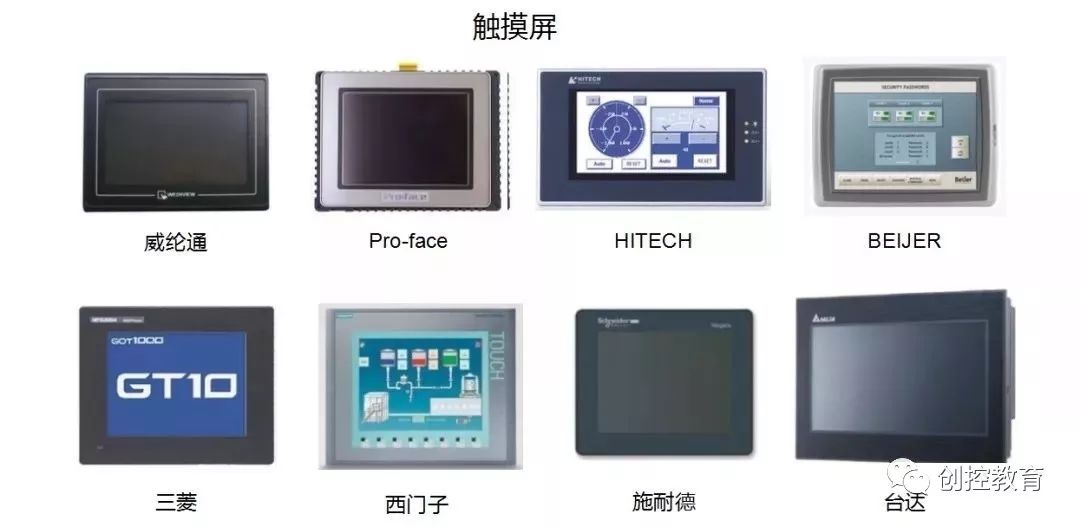
2. Basic Knowledge
1. Definition of Human-Machine Interface Products
These are digital devices that connect programmable logic controllers (PLC), frequency converters, DC speed controllers, instruments, and other industrial control equipment. They use display screens to show information and allow input of operational parameters or commands through input units (such as touch screens, keyboards, mice, etc.), enabling information exchange between humans and machines. HMI is short for Human-Machine Interface.
2. Composition and Working Principle of HMI Products
HMI products consist of hardware and software. The hardware includes processors, display units, input units, communication interfaces, and data storage units. The performance of the processor determines the performance level of HMI products and is the core unit of HMI. Depending on the product grade, processors can be 8-bit, 16-bit, or 32-bit.
HMI software generally consists of two parts: the system software running on HMI hardware and the screen configuration software running under the Windows operating system on a PC (such as JB-HMI screen configuration software). Users must first create an “engineering file” using the HMI screen configuration software and then download the compiled “engineering file” to the HMI processor via the PC’s serial communication port.
3. Basic Functions and Selection Criteria for HMI Products
Basic functions include:
Displaying device working status, such as indicator lights, buttons, text, graphics, curves, etc.;
Data and text input operations, printing outputs;
Storing production formulas, recording device production data;
Simple logic and numerical calculations;
Connecting various industrial control devices in a network.
Selection criteria include:
Display screen size and color, resolution;
Processor speed performance of the HMI;
Input method: touch screen or membrane keyboard;
Screen storage capacity, noting whether the manufacturer’s indicated capacity is in bytes or bits;
Types and quantities of communication ports, and whether printing functionality is supported.
4. Classification of Human-Machine Interface Products
HMI with membrane keyboard input, display size less than 5.7 inches, with free screen configuration software, classified as entry-level products, such as POP-HMI small human-machine interfaces;
HMI with touch screen input, display size between 5.7 and 12.1 inches, with free screen configuration software, classified as mid-level products;
High-performance HMI based on tablet PCs, with multiple communication ports, display size greater than 10.4 inches, with paid screen configuration software, classified as high-end products.
5. Usage Methods for Human-Machine Interfaces
Clearly define monitoring task requirements and select suitable HMI products;
Edit “engineering files” using screen configuration software on a PC;
Test and save the edited “engineering files”;
Connect the PC to the HMI hardware and download the “engineering files” to the HMI;
Connect the HMI to industrial controllers (such as PLCs, instruments, etc.) to achieve human-machine interaction.
Future Development Trends of Human-Machine Interfaces
Some mechanical industries, such as machine tools and textile machinery, have developed for decades in China and are relatively mature. In the long run, these industries still have demands for equipment upgrades. In this upgrading process, some smaller manufacturers that have been using lower-end products will be eliminated, but many enterprises will redefine their needs in the equipment renewal process, seeking suppliers that can meet their development plans and help them improve productivity.
Given this demand, future changes in human-machine interfaces will occur in terms of shape, concept, and application scenarios, leading to continuous changes in the core technologies of industrial control computers. Overall, the future development trend of human-machine interfaces is characterized by six modernizations: platform integration, national branding, equipment intelligence, fashionable interfaces, network communication, and energy conservation and environmental protection.
HMI with WiFi and 3G Functions
Understanding Configuration Software
Configuration software is a type of upper-level machine software. Configuration software <= upper-level machine software. It is also called configuration monitoring software system software, translated from English SCADA, which stands for Supervisory Control and Data Acquisition. It refers to specialized software for data acquisition and process control. They are positioned at the monitoring layer of the automatic control system and provide a flexible configuration method, allowing users to quickly build monitoring functions for industrial automatic control systems using general software tools.
Configuration software has a wide range of applications, including data acquisition and monitoring control in power systems, water supply systems, petroleum, and chemical industries. In electric power systems and electrified railways, it is also referred to as remote control systems.
In China, configuration software is an established concept without a clear definition. It can be understood as “configuration-style monitoring software.” The term “configuration” means to “configure,” “set,” or “arrange,” indicating that users can complete the required software functions through a simple method similar to “building blocks” without needing to write computer programs, which is what is referred to as “configuration.”
It is sometimes referred to as “secondary development,” and configuration software is called the “secondary development platform.” “Monitoring” refers to “supervision and control,” which means monitoring, controlling, and managing automation devices or processes through computer signals.
Configuration for Modular Combinations. Key Features of General Configuration Software:
1. Continuity and Expandability: Applications developed using general configuration software can be conveniently updated and upgraded when the field (including hardware devices or system structures) or user requirements change without needing extensive modifications;
2. Encapsulation (Ease of Use): General configuration software packages all functions in a user-friendly manner, allowing users to complete all functionalities required by a complex project without needing extensive programming language skills (or even no programming skills at all);
3. Universality: Each user can use the underlying devices (PLC, smart instruments, smart modules, boards, frequency converters, etc.) provided by general configuration software, along with I/O drivers, open databases, and graphic production tools, to complete a project with animation effects, real-time data processing, historical data and curves, multimedia functions, and network functions, regardless of industry limitations.
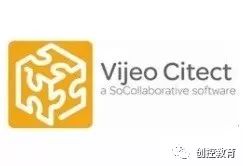
iFix software package = iFix PDB + iFix Workspace, where the database and monitoring screens can be separated, allowing one database to be accessed by multiple iClients, and one iClient can connect to multiple databases.
General Features of iFix Software:
1. PLUG & SLOVE structure and COM component technology facilitate integration with third-party software applications;
2. Patent technology for secure containers guarantees stable operation of third-party ActiveX controls;
3. Built-in Microsoft Visual Basic for Applications as scripting language;
4. True distributed Client/Server structure;
5. Standard SQL/ODBC interface;
6. Complete OPC client/server model support.
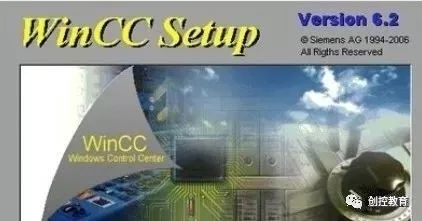
Citect originally belonged to the Australian company Citect (now acquired by Schneider Electric but operates independently). It was one of the earlier products to enter the Chinese market, but its operation is more programmer-oriented rather than geared towards industrial control users.
Citect offers a scripting language similar to C for secondary development, but unlike iFix, Citect’s scripting language is not object-oriented, which undoubtedly increases the difficulty for users during secondary development.
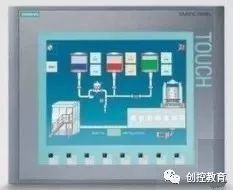
WinCC configuration software is a product of Siemens AG, known for its openness and system stability. WinCC features a powerful scripting programming range, including individual actions on graphic objects to complete functions and global action scripts independent of single components. WinCC can even call Windows API functions within action scripts.
Moreover, the integrated scripting programming includes a C translator and numerous ANSI-C standard functions. The application of scripts gives WinCC software a high degree of openness. When using it, please remember to release allocated memory; otherwise, system performance will degrade over time.
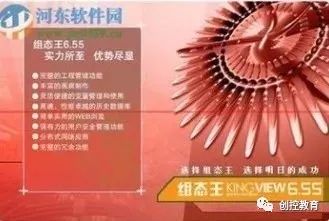
King Historian is a recently launched independent industrial database developed by YK Control, which better meets high-end customer requirements for storage speed and capacity, fully satisfying customers’ needs for real-time viewing and retrieval of historical operation data.
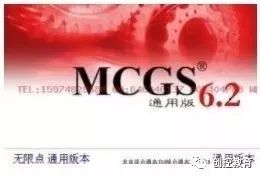
MCGS is a configuration software system used for rapidly constructing and generating upper-level machine monitoring systems, mainly completing field data acquisition and monitoring, as well as front-end data processing and control.
MCGS configuration software includes three versions: network version, general version, and embedded version.
It features comprehensive functionality, ease of use, good visibility, and strong maintainability. By integrating with other related hardware devices, various devices for field data acquisition, processing, and control can be quickly and conveniently developed.
Users can construct their application systems through simple modular configurations, flexibly configuring various smart instruments, data acquisition modules, paperless recorders, unattended field acquisition stations, human-machine interfaces, and other specialized devices.
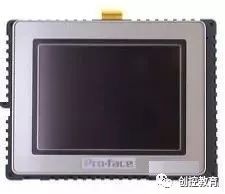
Pro-face provides programmable human-machine interfaces, industrial panel computers, graphic logic control, and industrial information terminals to global customers, helping users improve overall production and operational efficiency. The Pro-face brand dominates the global market, leading the HMI industry with a high market share in Asia, America, and Europe.
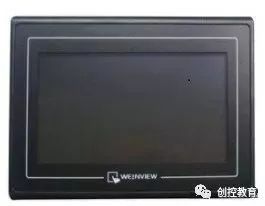
Weinview is a leading human-machine interface supplier that integrates R&D, production, manufacturing, and sales, providing a variety of high-quality human-machine interface products, solutions, and services in the field of production automation and process automation based on advanced human communication skills and branding development concepts. The WEINVIEW brand focuses on the Chinese HMI market and has been widely applied in industries such as machinery, textiles, electrical, and packaging.
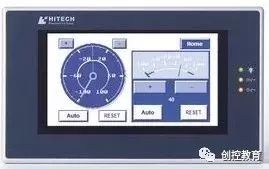
HITECH, known as 海泰克 in mainland China, is actively engaged in the R&D of human-machine interfaces (HMI) for industrial automation. Chuan Yi is the first Taiwanese company to combine embedded system technology with LCD modules, independently developing industrial-grade HMI products. It primarily sells in mainland China through Tianjin Luosheng and currently holds a high market share domestically, although this is showing a declining trend.
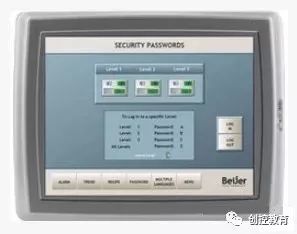
The BEIJER Electronics Group from Sweden is the number one HMI brand in Europe, with a full range of HMIs designed with aluminum-magnesium alloy shells, thin and highly interference-resistant, featuring 64K TFT true color displays that are bright and clear, embedded with the WinCE operating system, powerful functionality, and high reliability, with a front panel protection level of IP66, certified by UL, DNV, RoHS, and other standards.
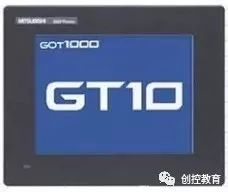
Mitsubishi Electric Automation includes programmable controllers, touch screens, frequency speed controllers, AC servo systems, and CNC systems. Currently, its PLCs include the Q series (medium-sized), FX series (small-sized), and L series (medium to large), while its HMIs include the GT10 series, GT15 series, GT11 series, GOT-F900, and GOT1000 series. Mitsubishi’s FX series small PLCs entered the domestic market early, and currently, most of Mitsubishi’s HMIs are matched with its PLCs.
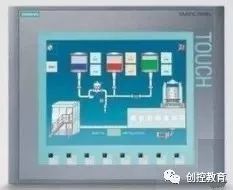
Siemens AG is one of the world’s largest electromechanical companies, providing products, systems, applications, and services in manufacturing automation, process automation, and building electrical installation fields. Siemens S7-200 products are widely used in industrial machinery, and its HMIs are generally paired with its PLCs. In recent years, most of Siemens’ HMIs have been overtaken by other brands; recently, Siemens launched the SMART series of economical HMIs, which is a focus of use.
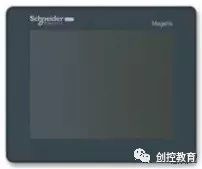
Schneider Electric is engaged in the steel industry, heavy machinery industry, and shipbuilding industry. As a comprehensive group company, its brand recognition and market share are very high in the domestic market.
In terms of control products, large PLCs are widely used, and Schneider has modular touch screen terminals, industrial touch displays, touch graphic terminal series, Magelis XBT GK series, Magelis XBT GT series, Magelis XBT GTW series, and Magelis XBT XBTN, R, RT series, etc.
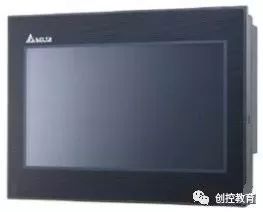
Delta initially focused on the development and production of electronic components and power supplies. Delta’s electromechanical products include: PLCs, HMIs, frequency converters, servos, temperature controllers, encoders, counters, switch-mode power supplies, DC motors, etc., currently holding a high market share in the domestic market.
Disclaimer: If there are copyright issues, please contact for removal! No individual or organization assumes related legal responsibilities.
Recommended Reading:
June 14 Open Class Video Replay 【S7-200 SMART PROFIBUS-DP Communication】
United in Progress: The Offline Expansion Activity of Creative Control Education Students
Latest Industrial Control Programming Software Download (Real-time Update)
Beginner Industrial Control vs. Advanced Industrial Control
What is it like to date an electrical engineer?
As an electrician, where do you think your future lies?
How is industrial control? Is it easy? Is it profitable? Unified Answers!
